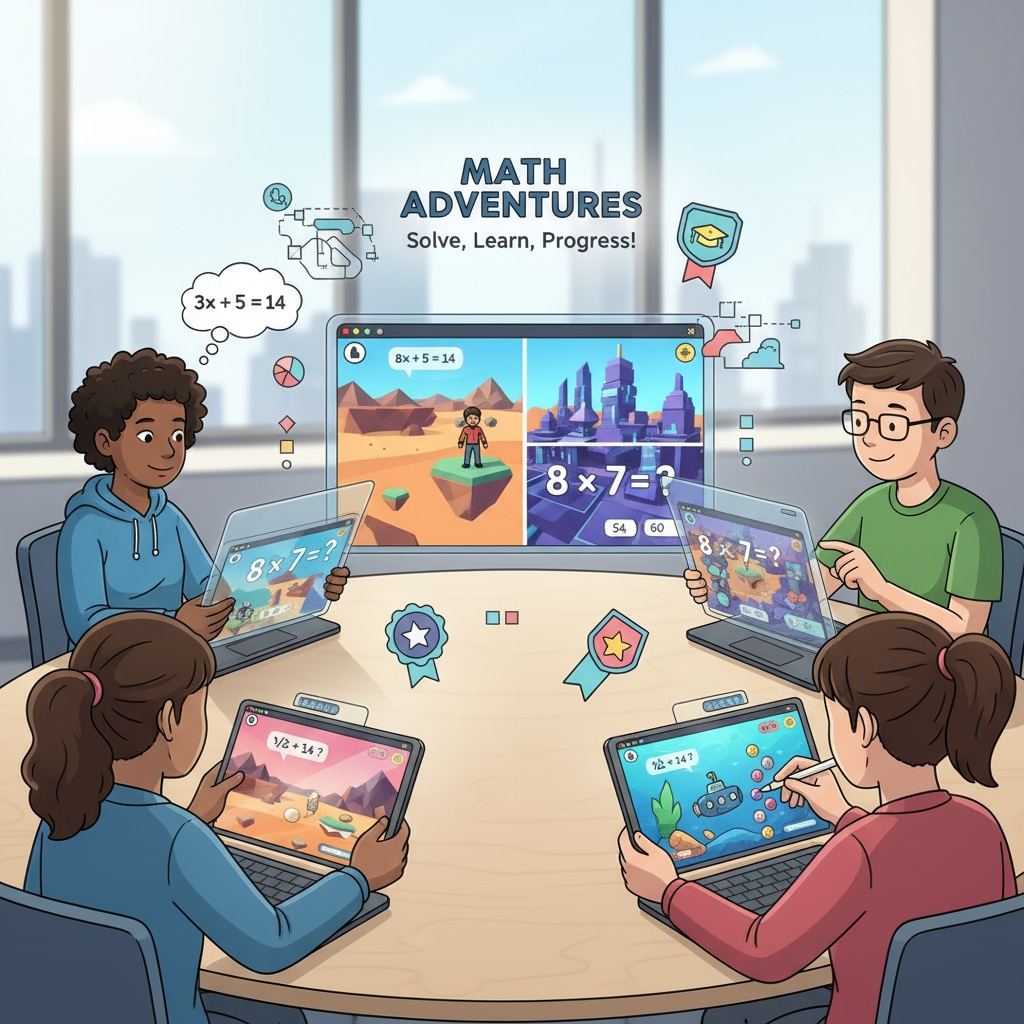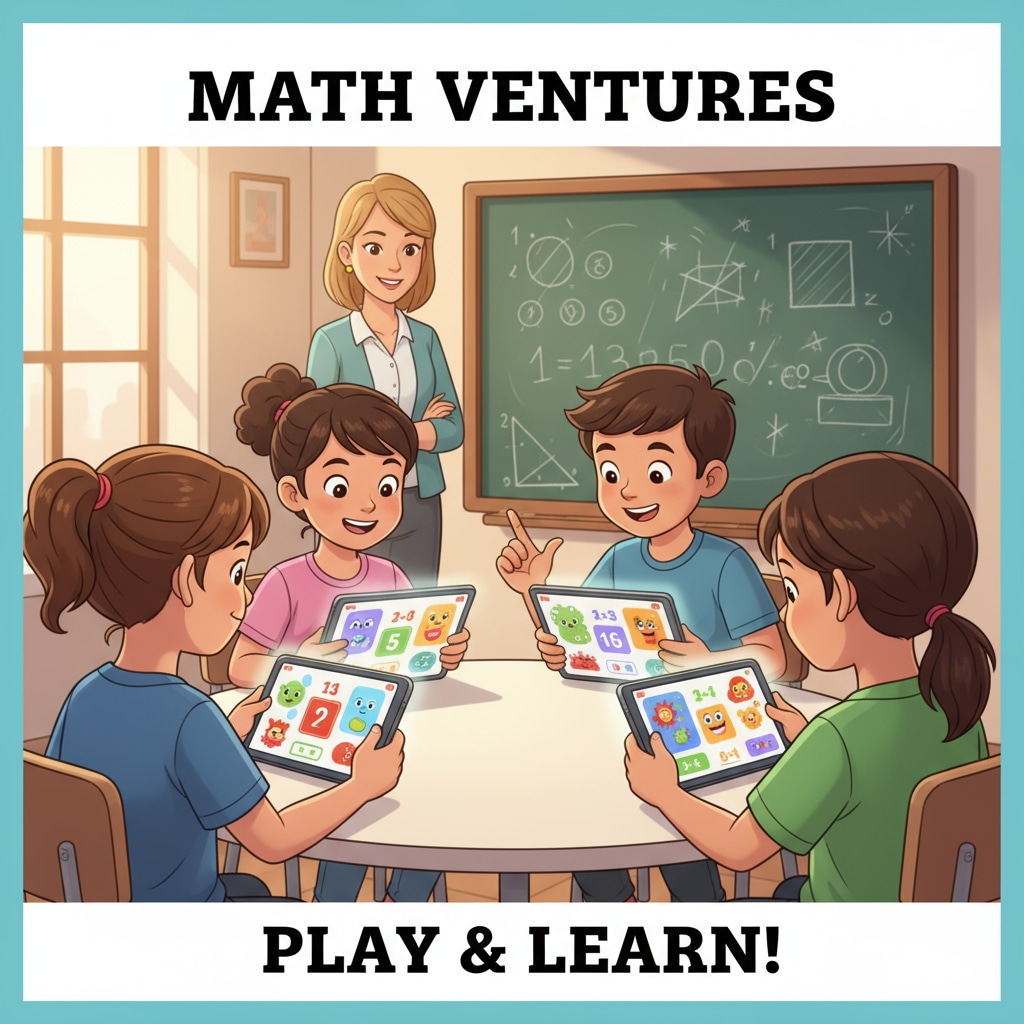Math education games, game development, and edtech are revolutionizing the landscape of K12 education. In today’s digital age, the traditional methods of teaching math are being complemented, if not replaced, by innovative and engaging educational games. These games not only make learning fun but also have the potential to significantly improve students’ mathematical abilities.

The Rise of Math Education Games in K12
Over the past few decades, there has been a remarkable shift in the way we approach education. With the advancements in technology, educators and game developers are collaborating to create educational games that are both entertaining and educational. Math education games have emerged as a powerful tool in K12 classrooms, as they can cater to different learning styles and engage students who may otherwise be disinterested in traditional math lessons. For example, games can provide immediate feedback, which helps students understand their mistakes and learn from them.

An Innovative Game Prototype: Crystal Mining and Math Problem Solving
One interesting example of a math education game prototype is the one that combines crystal mining with math problem solving. In this game, students are placed in a virtual world where they must mine crystals. To successfully mine the crystals, they need to solve various math problems. This not only adds an element of excitement to the learning process but also reinforces the practical application of math skills. As students progress through the game, the math problems become more challenging, gradually building their confidence and proficiency in math.
The game’s design is based on sound educational principles. It uses gamification techniques such as rewards, levels, and leaderboards to motivate students. For instance, students earn points for solving math problems correctly, and these points can be used to unlock new areas of the virtual world or purchase tools for crystal mining. This creates a sense of achievement and encourages students to keep playing and learning.
Readability guidance: As we can see, this game prototype effectively combines elements of game development and math education. By integrating real-world scenarios like crystal mining with math problems, it makes learning more relatable and enjoyable for students. It’s a great example of how edtech can be used to enhance the learning experience in K12 math education.
The Impact on Student Learning
Research has shown that math education games can have a positive impact on student learning. They can increase students’ motivation to learn math, improve their problem-solving skills, and enhance their overall mathematical understanding. When students are engaged in a game, they are more likely to be actively involved in the learning process, rather than passively listening to a lecture. This hands-on approach helps them better retain the knowledge and skills they acquire.
In addition, these games can provide a safe and supportive environment for students to make mistakes. Since the consequences of making a mistake in a game are often less severe than in a traditional classroom setting, students are more willing to take risks and try different strategies. This trial-and-error process is essential for developing critical thinking and problem-solving abilities.
Future Trends and Challenges in Educational Game Development
The future of math education games in K12 looks promising. We can expect to see more games that are personalized to meet the individual needs of students. With the help of artificial intelligence and machine learning, games can adapt to a student’s learning pace and provide targeted instruction. For example, if a student is struggling with a particular math concept, the game can provide additional practice problems and targeted feedback.
However, there are also challenges that need to be addressed. One of the main challenges is ensuring that the games are aligned with educational standards. Game developers need to work closely with educators to ensure that the content of the games is accurate and relevant to the curriculum. Another challenge is the potential for distraction. While games can be engaging, there is a risk that students may get too focused on the entertainment aspect and lose sight of the educational goals.
In conclusion, math education games, game development, and edtech are playing a vital role in reshaping the future of K12 math education. The innovative game prototypes, like the one combining crystal mining and math problem solving, demonstrate the potential of gamified learning to transform the way students learn math. As we look to the future, it’s important to continue exploring and developing these games while addressing the challenges to ensure that they effectively enhance the learning experience. Educational gaming on Wikipedia Educational technology on Britannica


